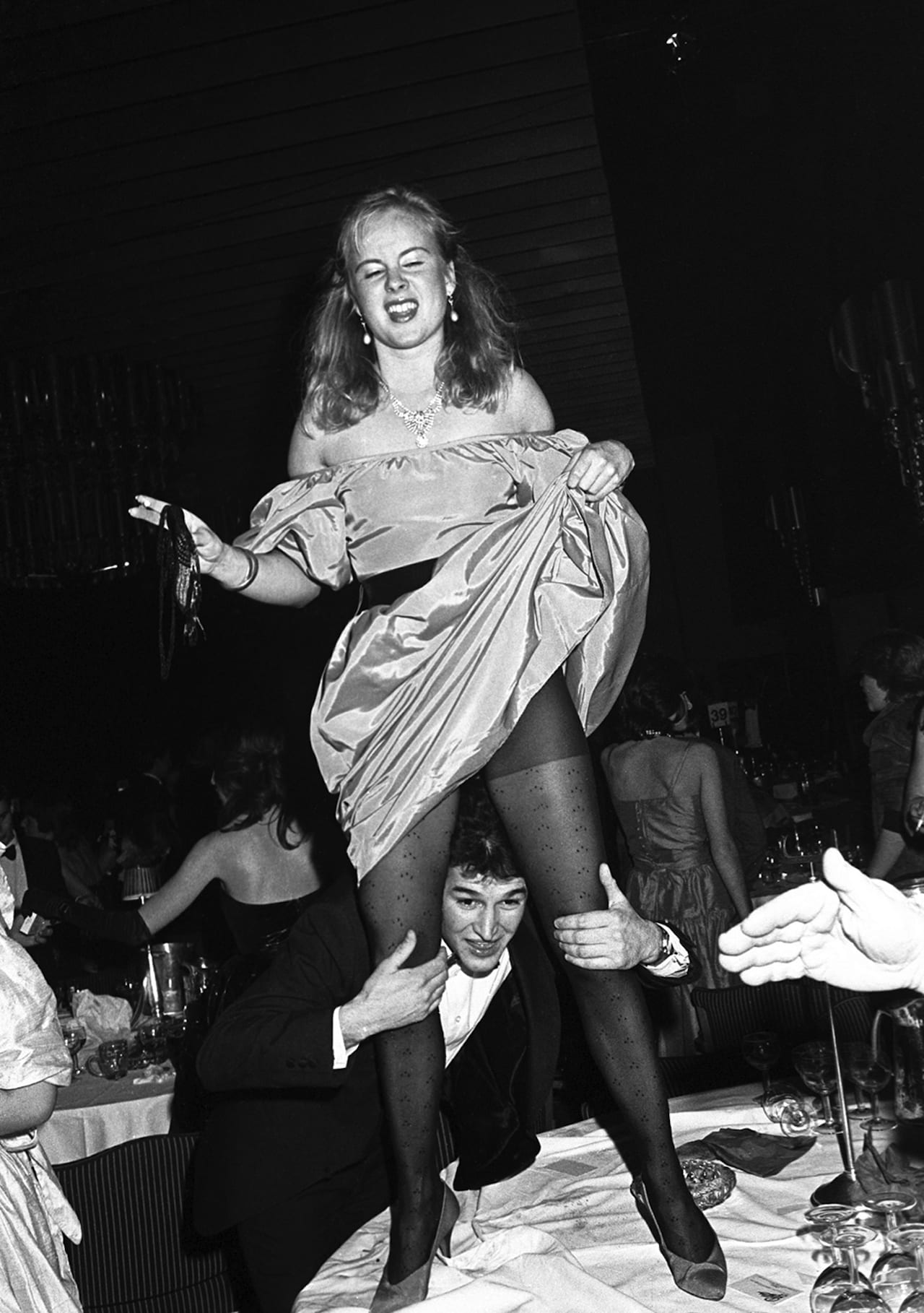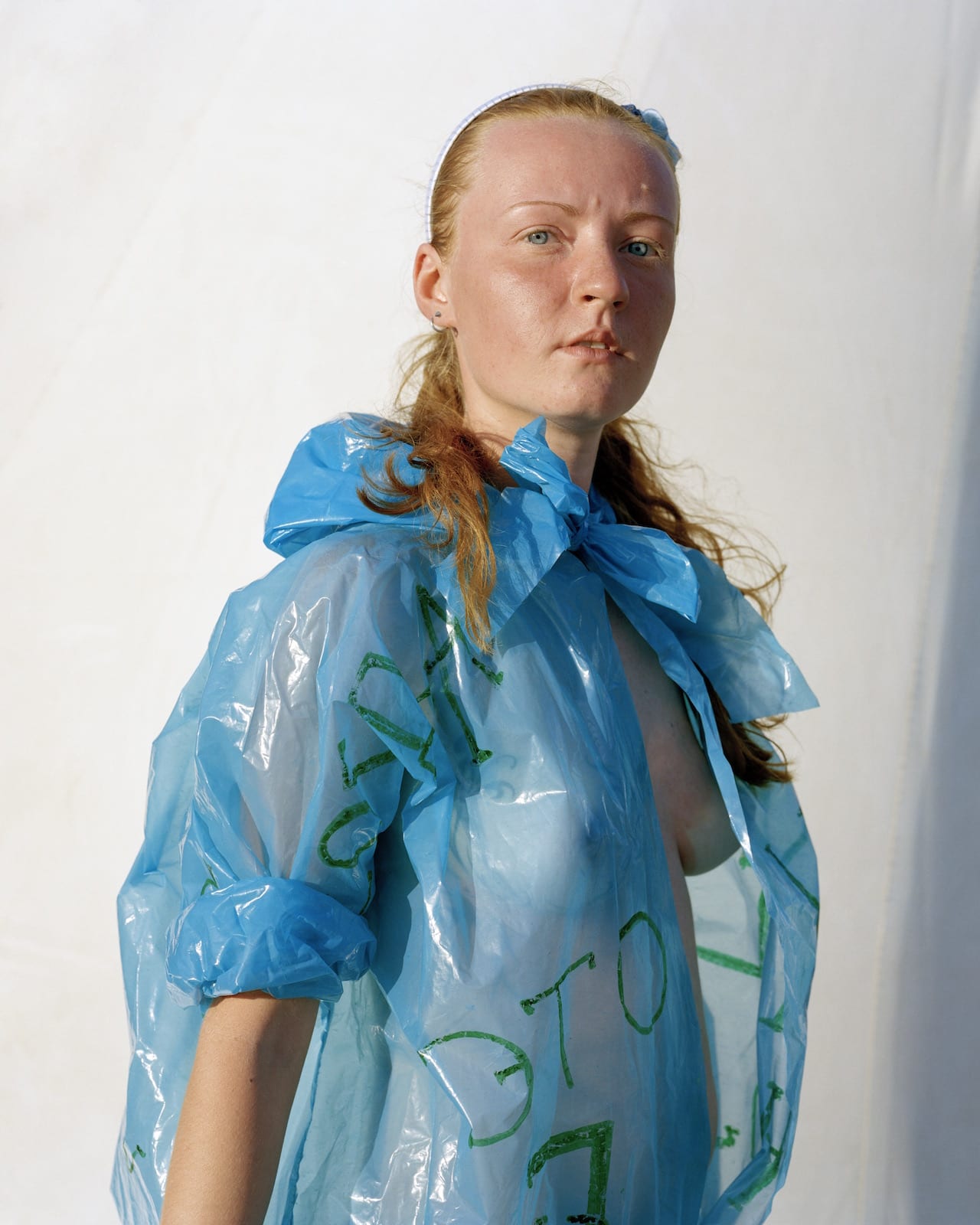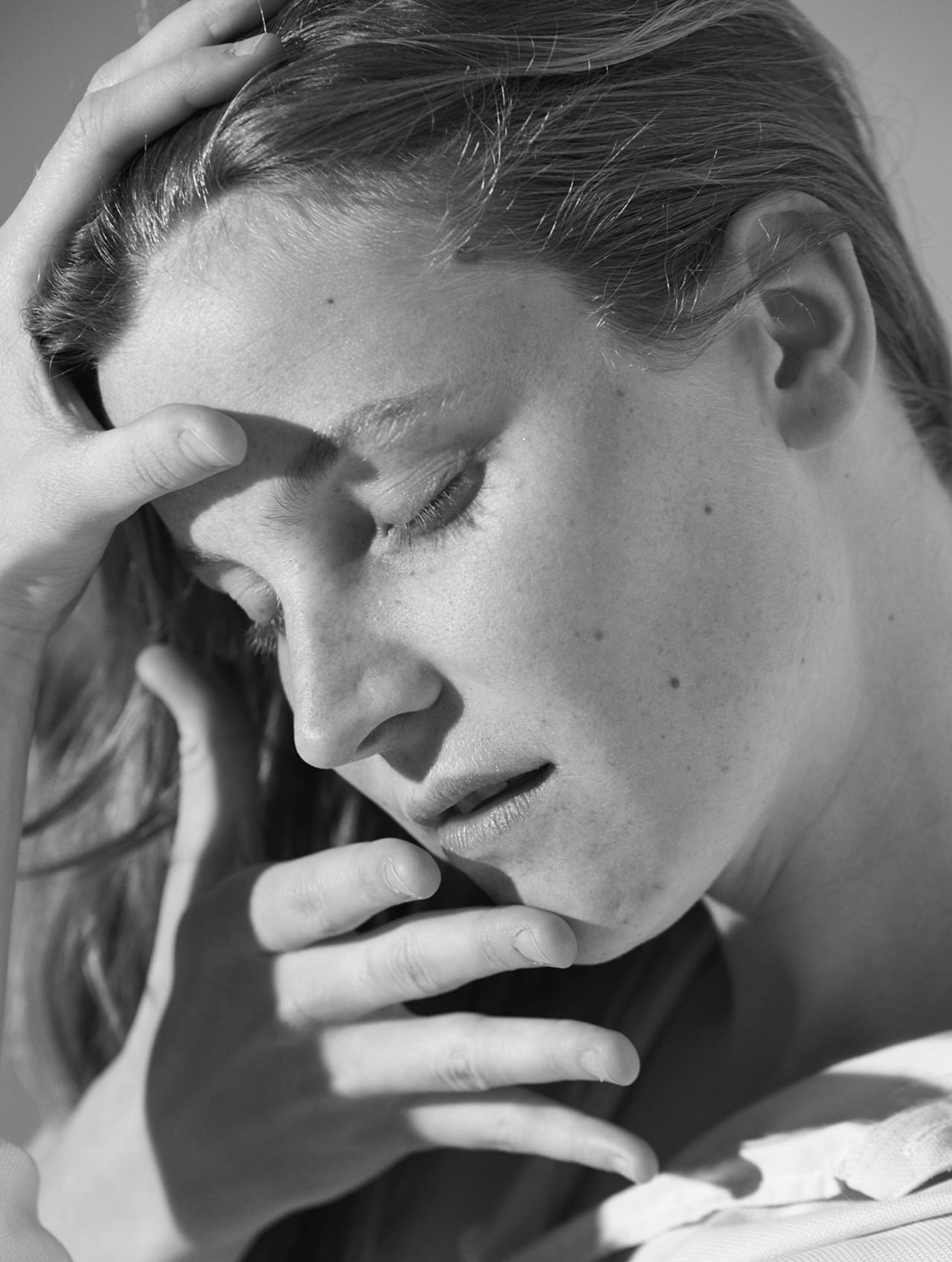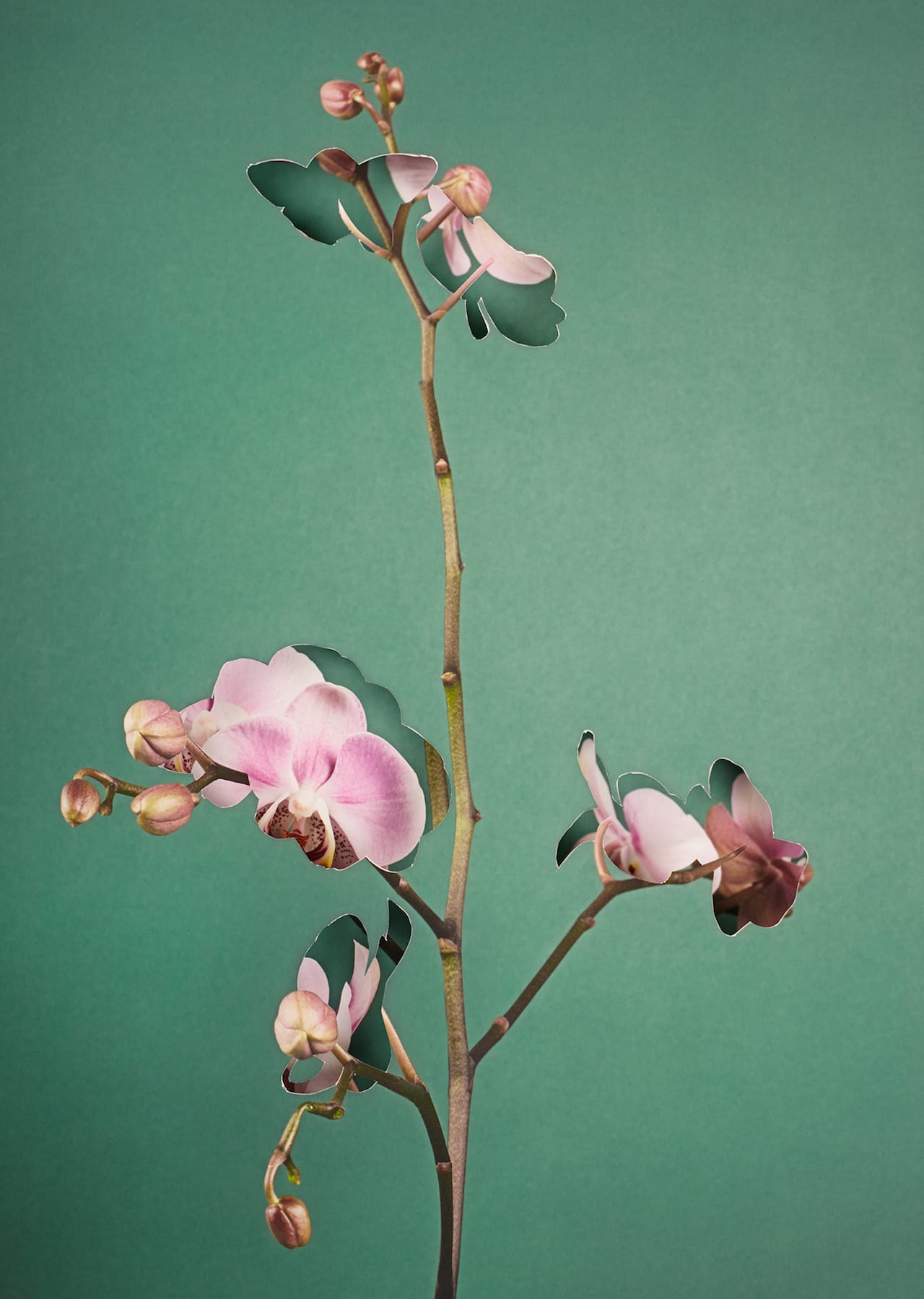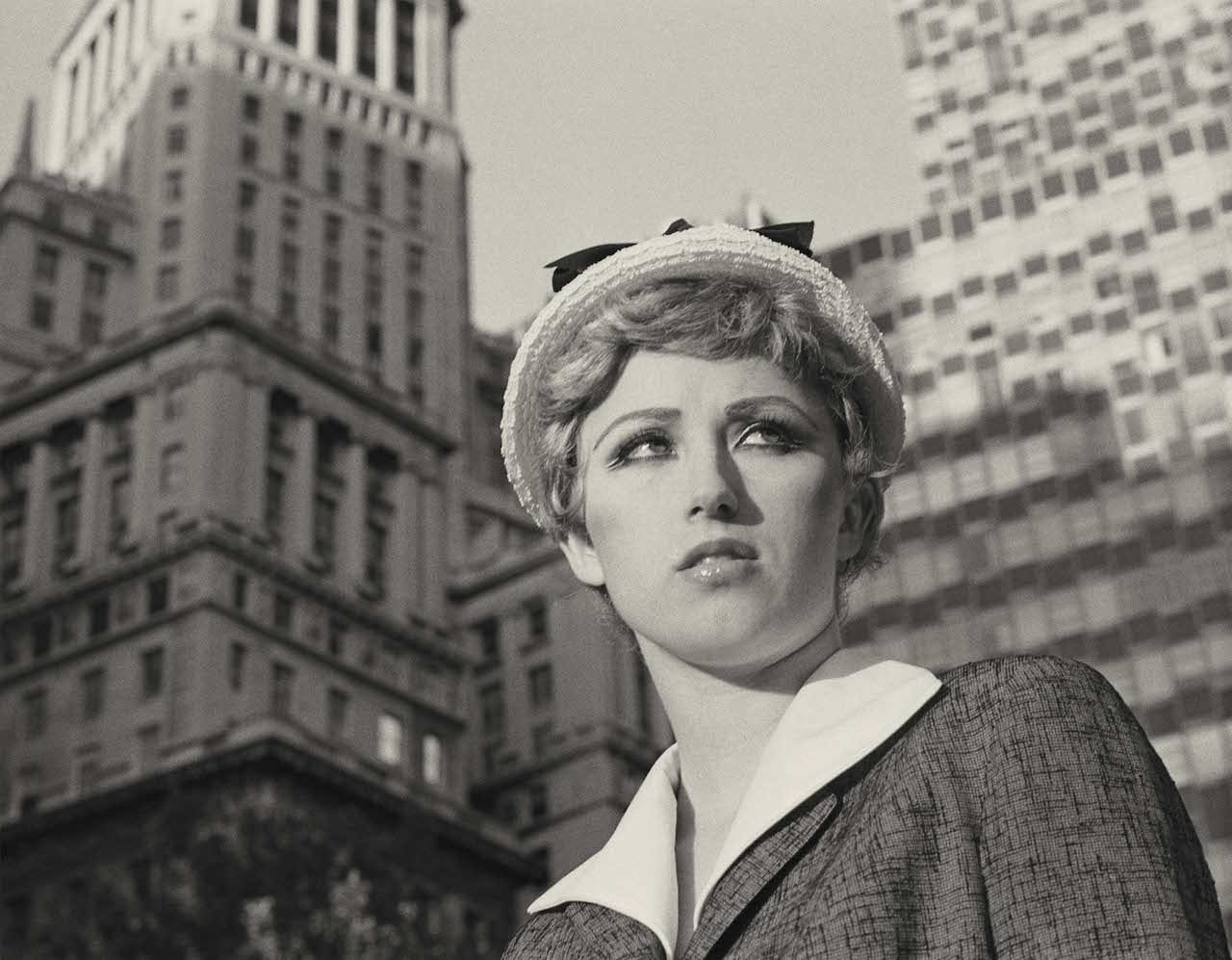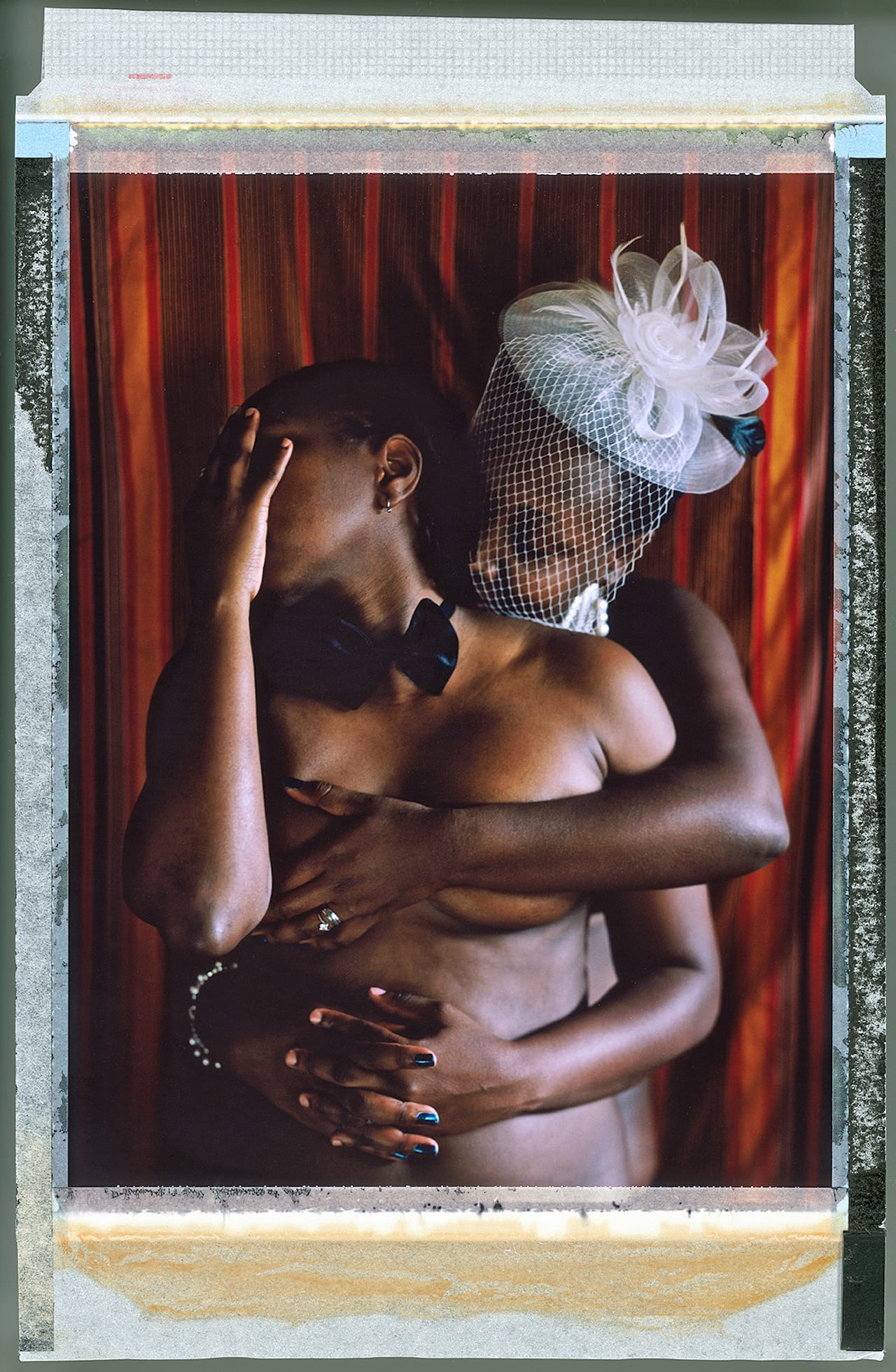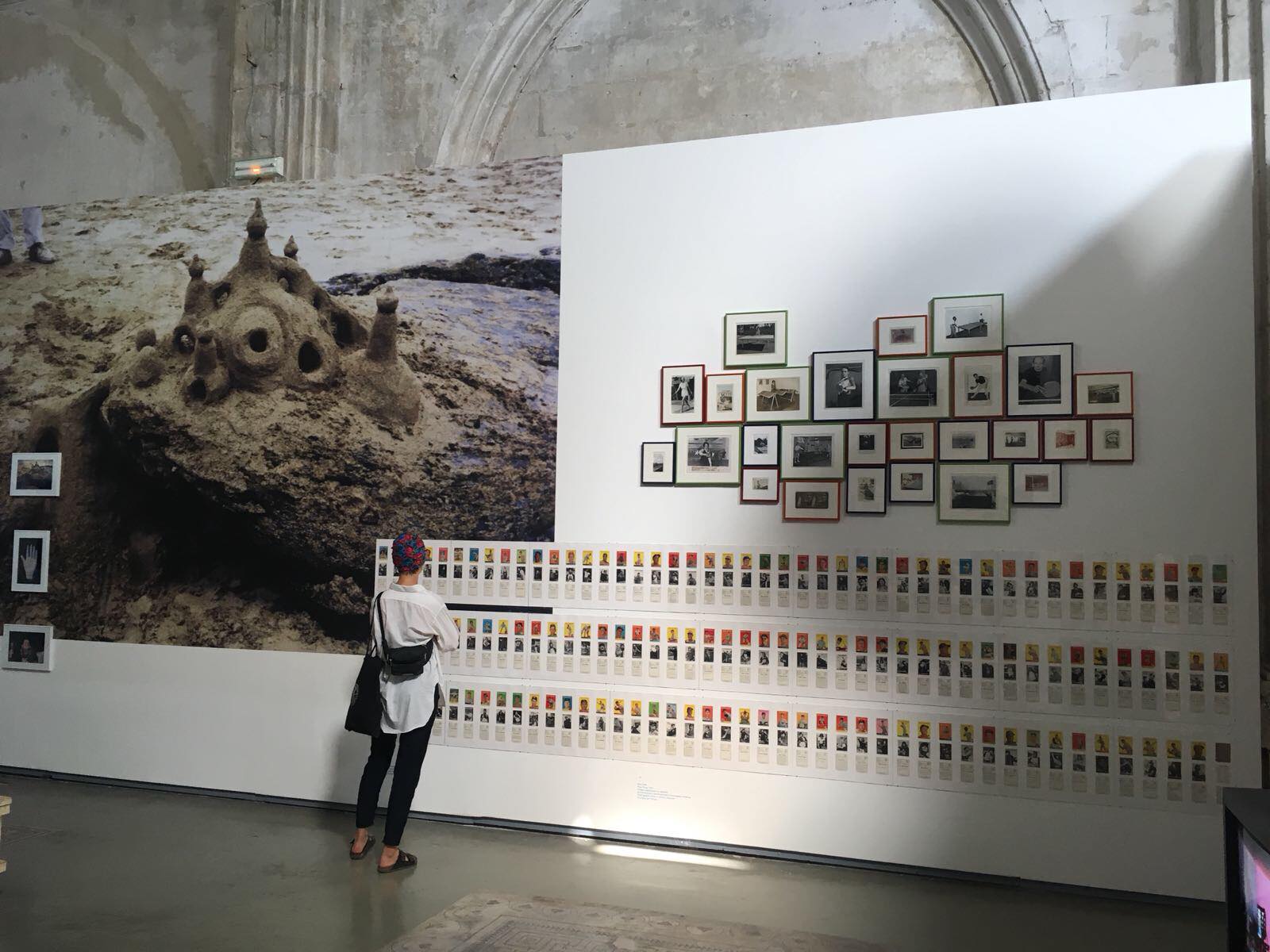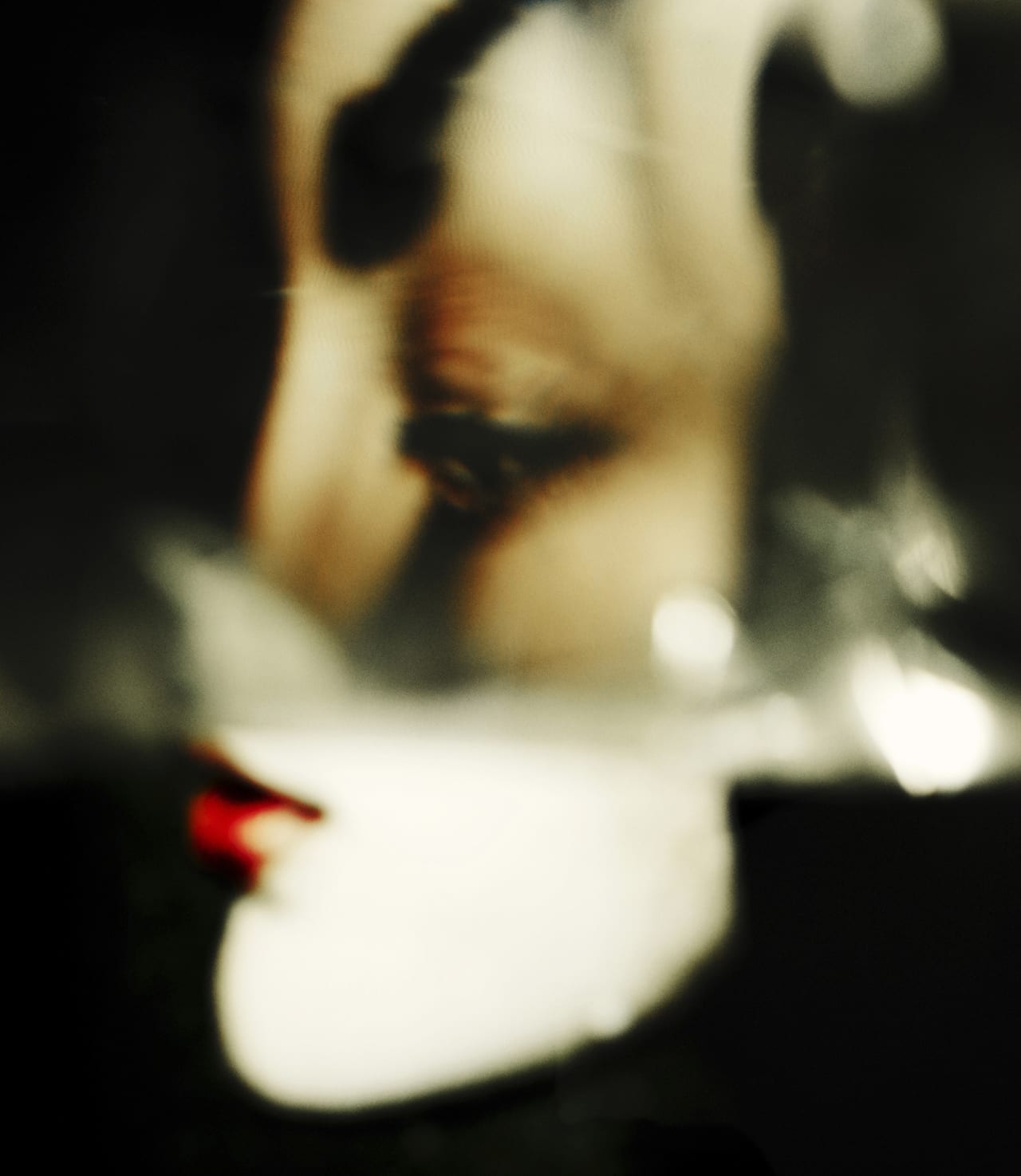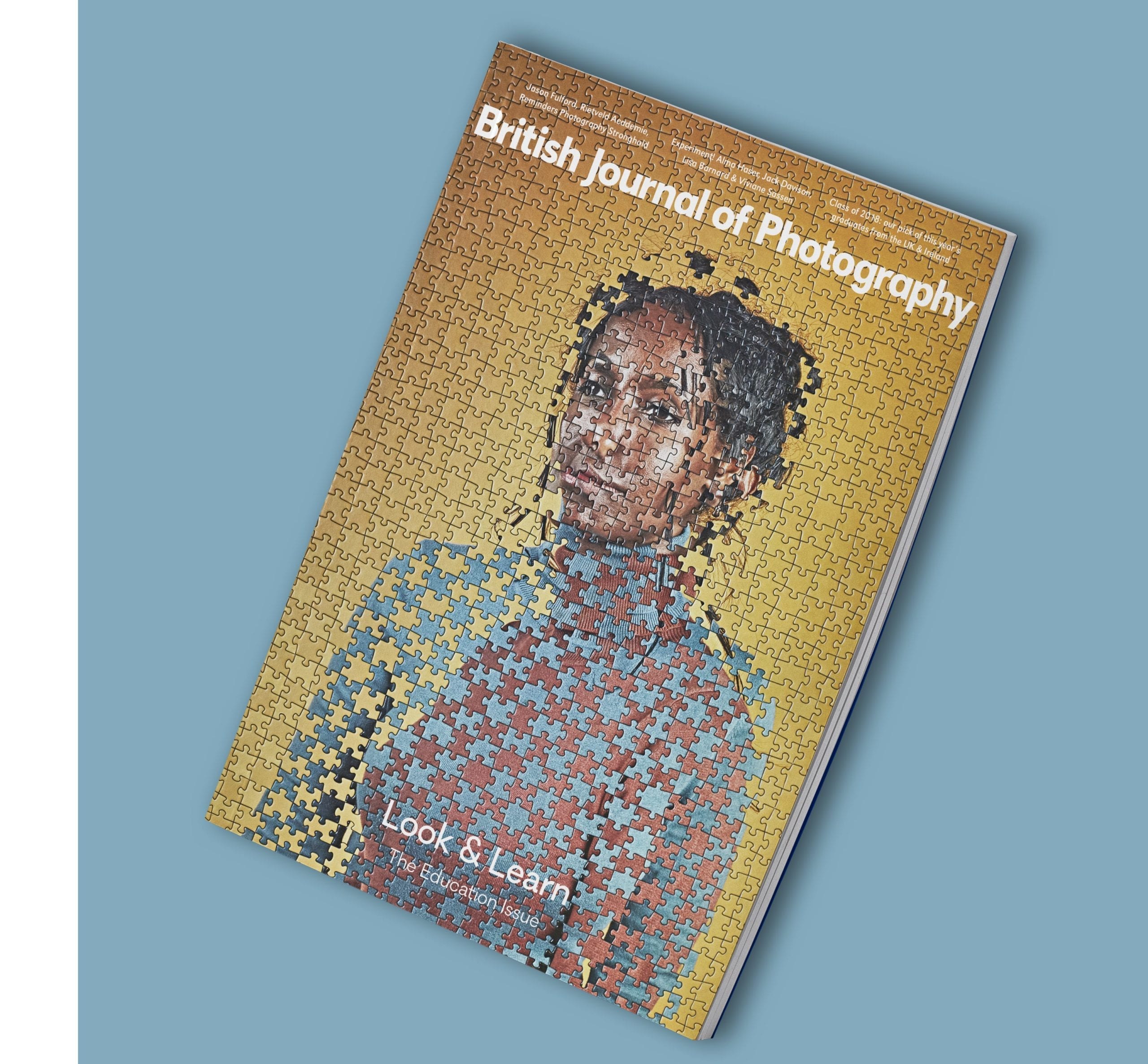“I had access to what felt like this secret world,” says Dafydd Jones, who has worked as a social photographer since the 1980s for publications such as Tatler, Vanity Fair, The New York Observer, The Sunday Telegraph, and The Times. “I was taking pictures of elites that nobody had seen before. It was Thatcher’s Britain, a period of celebration for those that had money. People described it as the ‘last hurrah’ of the upper classes.”
In 1981 he won a photography competition run by The Sunday Times magazine with a set of photographs of “Bright Young Things”, named after the earlier group of hard-partying aristocrats immortalised by novelist Evelyn Waugh and photographer Cecil Beaton. Tatler editor Tina Brown hired Jones off the back of it, commissioning him to photograph the Hunt Balls, society weddings, and debutante dances that were a mainstay of the upper-class publication. Now Jones has put together a collection of his work for Tatler from 1981-89, titled The Last Hurrah and currently on show at The Photographers’ Gallery and put out as a publication by Stanley Barker.

